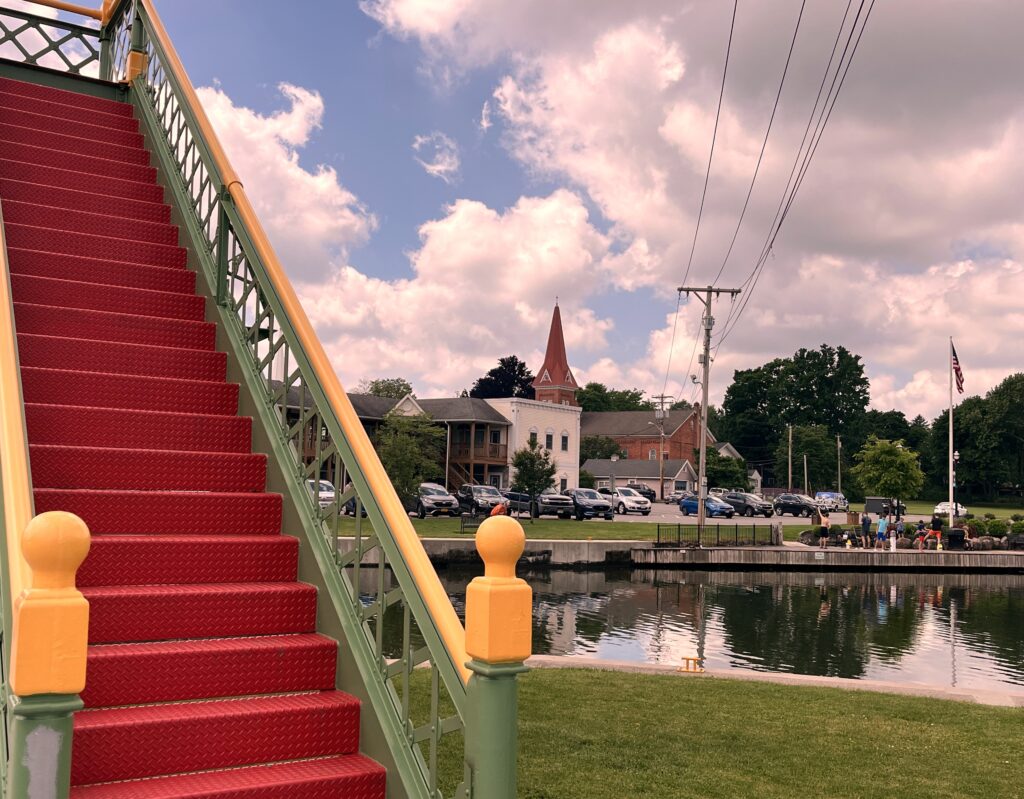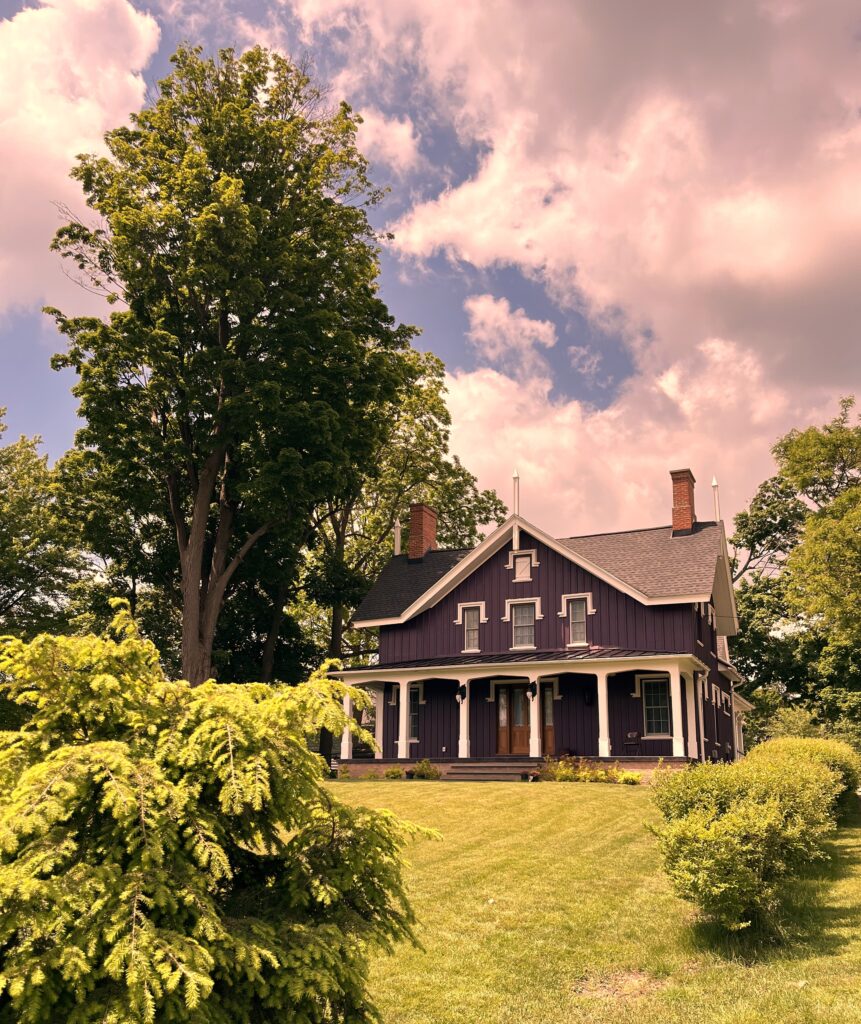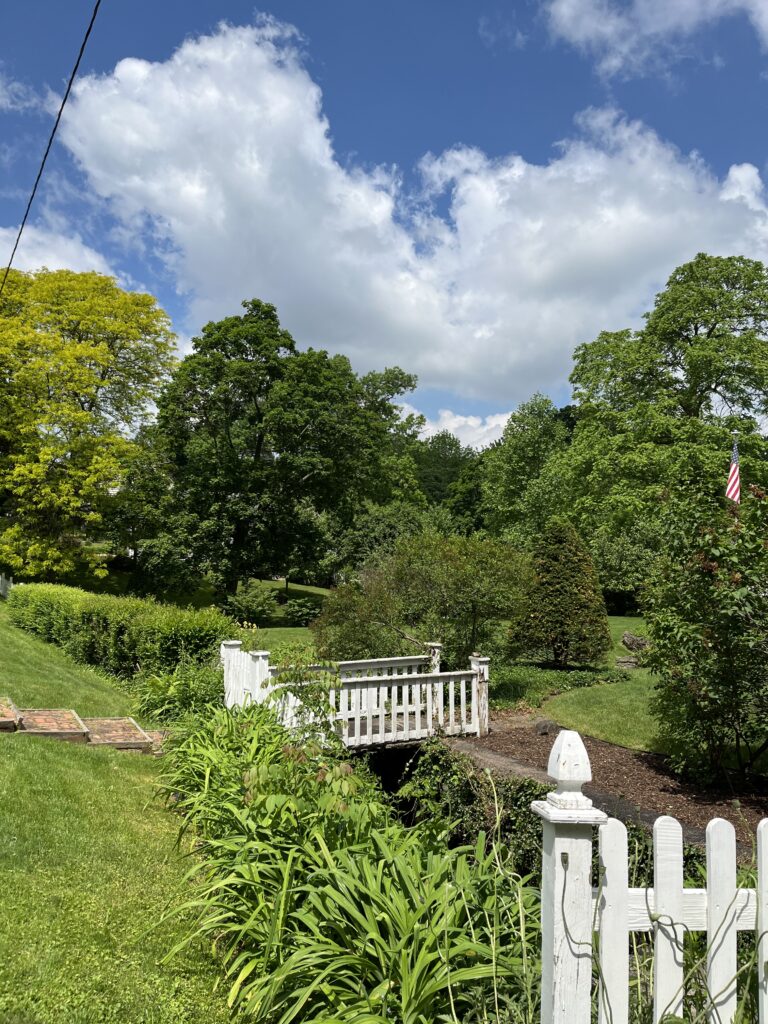For those of you who intend to cast your precious vote for the former president, I ask you first to do this: listen to him speak, in his own words. Pay attention to more than the carefully clipped sound bites offered by Fox News. Like other conservative media outlets, they do their best to sanitize him. They pick out the strongest snippets of a Trump speech or interview, repeatedly emphasizing those that make him sound “presidential.” Take some time away from the pundits who tell you how to think.
If you listen to the former president for more than ten minutes or so, you’ll likely hear incoherencies, bizarre claims and convoluted ramblings. You may hear cringeworthy references to his own and others’ physical appearance: he could be sunning his “beautiful body” on a Riviera beach instead of toiling away on the campaign trail; his many super rich friends are unattractive in their bathing suits; he’s much better looking than Harris, etc. There’s the continuing preoccupation with crowd size. There are anecdotes about groveling sycophants who approach him to kiss the ring, begging him, “Sir, sir.” You may hear him refer to himself, inexplicably, as the “father of IVF.” He may mention that a Harris administration will outlaw cows and windows.
You’ll almost certainly hear petty, school-boy insults: demeaning nicknames (he often reminds the crowd that he’s good with names), and mocking taunts. You may hear him refer to those he dislikes as “human scum.” You’ll likely hear him demonize certain marginalized groups, a practice which has had very real and serious consequences.
You’ll hear many empty promises, impossible to fulfill, and blatant, outright lies.
But perhaps most significantly, you’ll hear some frightening, dangerous assertions.
In a recent interview with Bloomberg News, Trump referred to January 6 as a day “of peace and love.”
In a Univision Town Hall on October16, he claimed that during the January 6 attack on the Capitol, “no one on the other side was killed.” And by “the other side,” he means the police. Five police officers died from injuries they sustained defending the Capitol. It’s an odd and alarming construct from someone professing to be the “law and order candidate.” He claimed, falsely, “There were no guns down there; we didn’t have guns.” Then he doubled down in aligning himself with those fighting the police: “The others had guns, but we didn’t have guns.” Note the use of “we.” He is no longer separating himself from that day’s violent mob.
Listen to him discuss plans for a second term. He needs to win the election, or the consequences of his many illegal actions may finally catch up to him. He intends to persecute those who disagree with him. He plans to fill the Department of Justice with his lackeys and root out “the enemy within,” by whom he means duly elected representatives, among others. You may hear him make barely veiled allusions to the threat of violence if he does not win the upcoming election. You’ll hear him speak highly of dictators, whom he sees as role models. Remember that in a second term, his administration will consist of only the most extreme Trump loyalists. There will be no “adults in the room.” No guardrails will remain. The prospect is truly chilling.
Did you watch the terrible events of January 6, 2021 as they unfolded? If so, you know what you saw. Don’t forget. Don’t let Trump persuade you that his version is the true one.
Ask yourself this: How can it possibly be in the country’s best interests for this man to be president again?
And after you listen to the former president speak, unfiltered, for a while, I urge you to do this: give some time to Kamala Harris, our current Vice President, former Attorney General of California, a prosecutor whose job was to enforce the law. Maybe you’ll see that there are plenty of good reasons to cast your vote for her.


























































